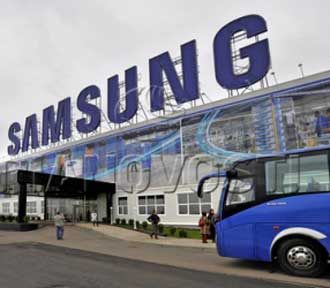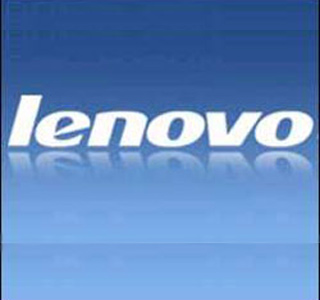 A research company believes that Samsung will be the number one smartphone vendor in 2015, taking the lead over Apple.
A research company believes that Samsung will be the number one smartphone vendor in 2015, taking the lead over Apple.
Digitimes Research (DR) said the top 10 vendors this year will be Samsung, Apple, Lenovo, LG Electronics, Huawei, Xiaomi, Microsoft, TC, Coolpad and Oppo.
HTC, which only a few years ago was top of the smartphone pops, doesn’t appear to get a lookin at all. Last week, Cher Wang, chairman of HTC, took on the CEO duties too, displacing former CEO Peter Chou to head up a new products division at the Taiwanese firm.
DR estimates that Samsung will ship over 330 million units and Apple will manage to ship 230 million.
But Lenovo appears to be edging upwards in the smartphone league. This year it will ship 64 million units, while LG will ship 67 million units, just ahead of Huawei.
DR estimates that Android phones supplied by the top 10 Android smartphone vendors willl represent over 70 percent of the total units shipped this year.















